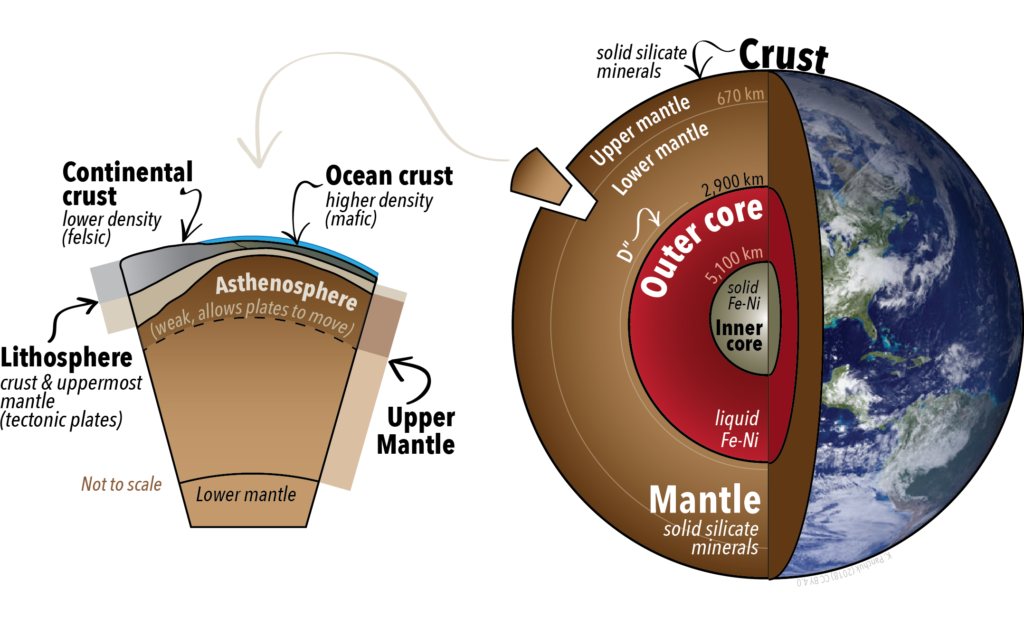About the Unit 🔗

- 6 Weeks
- External (4x L2 Credits)
- End of Topic Test
- School Exam (Term 3)
- Weekly (ish) Homework
Textbooks & Education Perfect 🔗
For this unit we will be using Education Perfect and a textbook to aid in our learning.
- Collect your textbook
- Name it.
- Store it in this cupboard and only take it home when asked.
- Join the Education Perfect Classroom
- Find the code on Google Classroom
Notes 🔗
As we go through the unit I will be making notes and they will become available via the Notes link on Google Classroom.
Open Google Classroom > Classwork and check you can find the notes.
Homework 🔗
Throughout this unit we will be doing past exam questions as homework. This is to help you become accustomed to how they will ask questions in the end of year exam.
Open Google Classroom > Classwork and ensure you can find the homework links.
What Do You Remember From Y10? 🔗

Plate Tectonics 🔗
Collect your diagram and glue it into your books.


What is Earth Made Of? 🔗
- Pātai: If you could dig to the centre of Earth, what would you find?
- Whakatika: You would dig through three main sections!
The Crust 🔗

- The rocky, outer layer beneath your feet.
- This layer is very thin - akin to the skin of an apple.
Oceanic & Continental Crust 🔗

- Oceanic: About 5km thick and consists of heavy rocks
- Continental: About 35km thick and made up on lighter material like dirt/trees/us/etc.
The Mantle 🔗
- Semi-solid and very high temperature
- Located below the crust
- Cooler and less mobile near the crust; hotter and more mobile near the core

The Core 🔗

- The centre of Earth
- Made of two sections:
- The solid inner core
- The liquid outer core (closer to the mantle)
- NB: In reality, the dividing line between these layers is fuzzy and not well defined. It is more like a spectrum.
Inner Core 🔗
The centre of Earth - is solid and about 1,250 km thick. Even though temperatures reach 6000˚C the inner core pressures are so great that the nickel and iron cannot melt.

Outer Core 🔗
At almost 2,200 km thick the outer core is made of molten nickel and iron at ~4500˚C. The molten metal spins around as the earth rotates and is responsible for the earth’s magnetism.

Watch Cosmos from 17min
What is the Theory of Plate Tectonics? 🔗
- The explanation for how the continents move came from observations of seafloor spreading and other effects. In 1967, these ideas were linked in the theory of plate tectonics.
- According to this theory, the Earth’s crust is like a jigsaw puzzle made up of giant sections called tectonic plates.
- These plates ‘float’ on top of the mantle and so can move around the Earth’s surface.

But HOW do they move? 🔗
- Convection currents occur when there is an uneven distribution of heat. Hot, less dense particles rise and cold, more dense particles sink, and this process happens in the mantle of the earth
- When the heat rises in the mantle, it causes the movement of the continental and oceanic crust above it
- Convection currents are responsible for movement of the continents, as well as the formation of volcanoes and mountains
